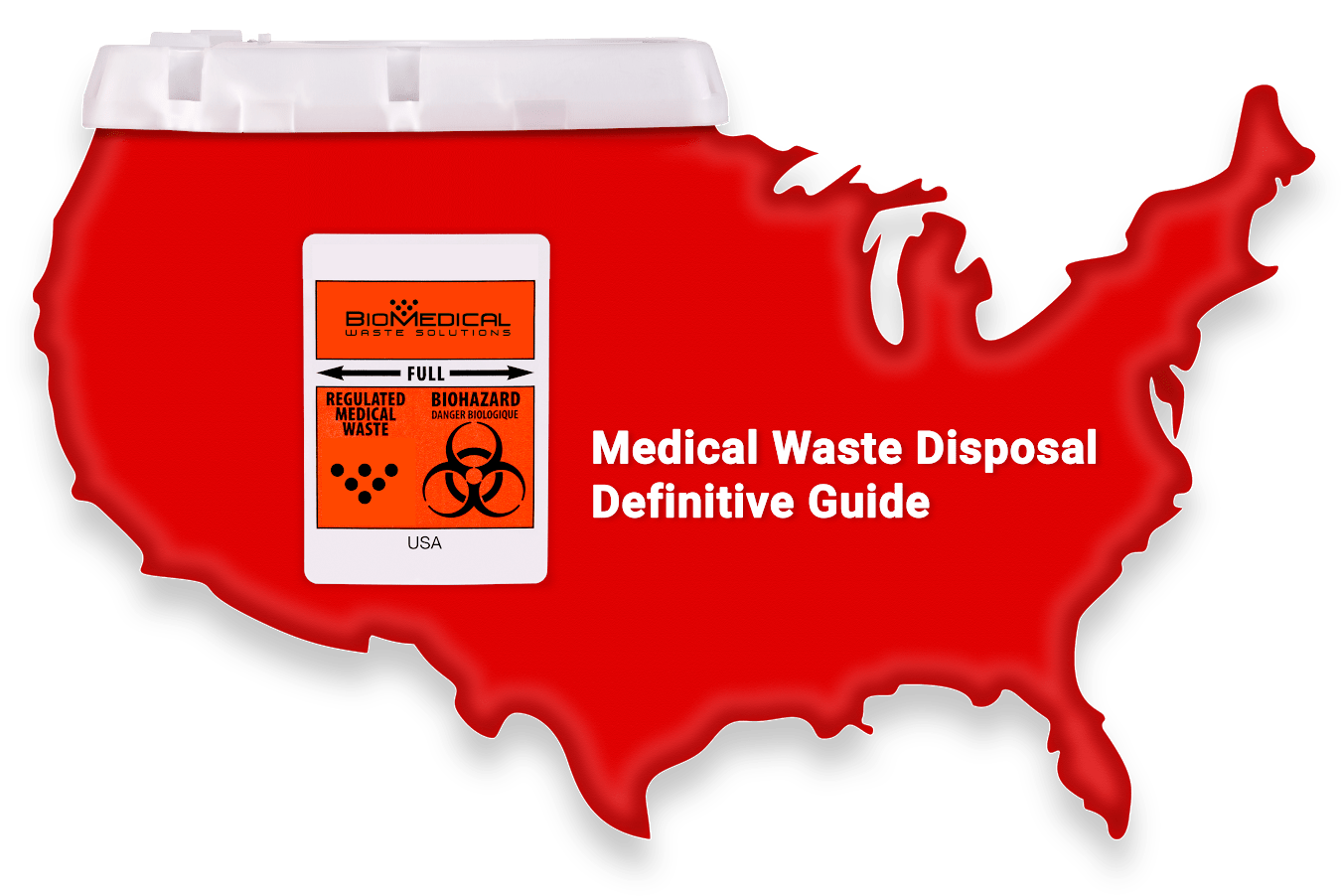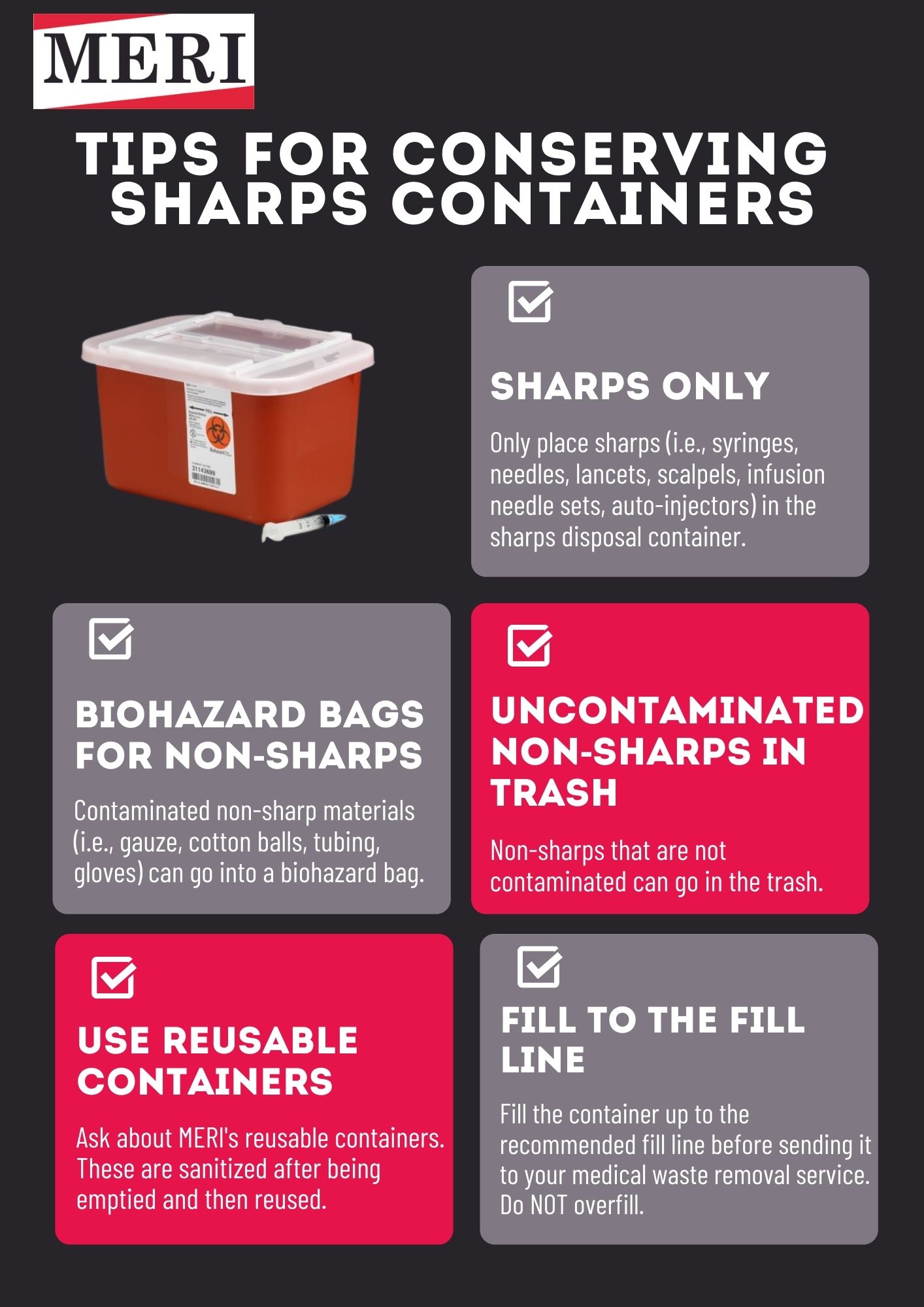Safe and Secure: The Clear-cut Selection for Professional Medical Waste Removal Solutions
Safe and Secure: The Clear-cut Selection for Professional Medical Waste Removal Solutions
Blog Article
Exploring Various Garbage Disposal Options for a Cleaner Atmosphere
In the pursuit of a cleaner environment, the management of waste disposal has actually become a critical centerpiece for sustainable development. With a plethora of garbage disposal choices readily available, ranging from traditional garbage dump approaches to ingenious waste-to-energy innovations, the choice of exactly how we handle our waste has far-ranging effects for our world's health. By taking a look at the various techniques and strategies used in recycling, composting, incineration, land fill administration, and waste-to-energy processes, a deeper understanding of their influences and performance can be obtained. The pursuit for optimal garbage disposal techniques that focus on environmental conservation while meeting the needs of a growing populace remains a pushing issue in today's globe.
Recycling Techniques
Carrying out reliable reusing techniques is vital in minimizing waste and promoting sustainability in our setting. Recycling entails the procedure of converting waste products into reusable challenge prevent unneeded disposal. One of one of the most usual recycling methods is material healing, where materials like paper, steel, plastic, and glass are collected, sorted, and processed to develop brand-new products. This process not only preserves natural deposits however likewise reduces power intake and greenhouse gas emissions connected with generating new materials from the ground up.
An additional important recycling technique is composting, which entails disintegrating natural waste like food scraps and lawn trimmings right into nutrient-rich dirt. By including these various recycling techniques into our waste monitoring practices, we can significantly decrease our ecological impact and move in the direction of a much more lasting future.

Composting Techniques
Efficient waste monitoring methods, such as reusing techniques, lead the way for a cleaner environment, and now, moving the focus to 'Composting Techniques', we check out lasting ways to decay organic waste for ecological benefit. medical waste removal service.
Composting is a natural procedure that transforms natural waste, like food scraps and lawn trimmings, into a nutrient-rich dirt change. The key to effective composting depends on producing the best equilibrium of environment-friendly products, such as fruit and vegetable scraps, and brownish products, like dried twigs and leaves. These materials disintegrate with the help of microorganisms, damaging down the waste into useful garden compost.
Conventional yard composting involves layering natural products in a container or heap and routinely turning the blend to freshen it. By making use of composting methods, we can decrease the quantity of waste sent to landfills while producing an advantageous item for enriching dirt and sustaining plant growth.
Incineration Pros and Cons
Incineration, as a waste disposal technique, presents both benefits and drawbacks that warrant careful factor to consider in the world of lasting waste monitoring practices. On the positive side, incineration can dramatically decrease the quantity of waste, minimizing the requirement for garbage dump room and potentially lowering greenhouse gas exhausts.
Nonetheless, there are noteworthy drawbacks to incineration. One major concern is the possible release of dangerous toxins right into the air, such as dioxins, hefty steels, and particulate issue, which can have adverse effects on human health and the atmosphere. Furthermore, the high preliminary investment and functional expenses of incineration centers posture financial challenges, making it a less cost-effective option contrasted to other waste administration strategies. Mindful monitoring and policy are necessary to reduce these unfavorable effects and make the most of the advantages of incineration as component of a detailed waste monitoring approach.
Landfill Administration Techniques
Garbage dumps play an important function in waste management and environmental conservation by offering a containment system for the disposal of solid waste materials. Efficient landfill monitoring strategies are important to reduce environmental effects and guarantee the long-lasting sustainability of these waste disposal sites. One essential technique appertains waste compaction to make best use of making use of available space within the landfill (click here). By compacting the waste, the quantity is decreased, enabling even more waste to be accommodated over time.
Furthermore, the application of day-to-day cover methods is important in decreasing smells, stopping litter, and minimizing the destination of insects. Treatment the disposed waste at the end of daily assists to consist of smells and prevent possible environmental contamination. Additionally, the surveillance of garbage dump gas exhausts and leachate levels is crucial in guaranteeing that environmental criteria are fulfilled which any type of potential dangers to surrounding ecosystems are lessened.

Waste-to-Energy Technologies
One of the cutting-edge approaches to squander management involves taking advantage of Waste-to-Energy modern technologies to transform strong waste into functional energy sources. Waste-to-Energy (WtE) modern technologies include a series of procedures that intend to extract power from waste products with thermal, chemical, or biological means. This conversion procedure not only lowers the volume of waste that ends up in garbage dumps but also produces beneficial energy resources such as electrical energy, warm, or biofuels.
There are several techniques of Waste-to-Energy conversion, including gasification, pyrolysis, and incineration. Incineration entails burning waste at high temperatures to produce warmth and electrical power. Gasification converts waste right into a syngas, which can be utilized for power generation or chemical manufacturing. Pyrolysis breaks down natural products utilizing high temperature levels in the absence of oxygen, creating bio-oil, gas, and char.
Executing Waste-to-Energy technologies can help mitigate ecological issues linked with conventional garbage disposal approaches while all at once offering a sustainable power source. Cautious factor to consider click resources has to be provided to discharges control and ensuring the sustainability of feedstock supplies for these innovations to be absolutely beneficial for a cleaner setting.
.jpg)
Verdict
To conclude, checking out numerous garbage disposal alternatives such as reusing, composting, incineration, garbage dump management, and waste-to-energy technologies is essential for promoting a cleaner environment - click here. Each method has its own advantages and challenges, yet by making use of a combination of these approaches, we can function in the direction of decreasing the amount of waste that finishes up in garbage dumps and inevitably contribute to an extra lasting future for generations to come
With a multitude of waste disposal options readily available, ranging from traditional land fill methods to innovative waste-to-energy modern technologies, the choice of how we handle our waste has significant implications for our planet's health. medical waste removal.Incineration, as a waste disposal method, provides both advantages and drawbacks that warrant careful factor to consider in the world of lasting waste management practices.Garbage dumps play an essential duty in waste monitoring and environmental conservation by providing a control system for the disposal of solid waste products. By compacting the waste, the quantity is reduced, enabling for even more waste to be fit over time
One of the cutting-edge methods to waste management entails taking advantage of Waste-to-Energy innovations to convert strong waste right into useful energy sources.
Report this page